How to Make a Kydex Knife Sheath: A Step-by-Step Guide
- February 5, 2024
- 0 comment
If you have a passion for knives or are looking for an interesting DIY project, getting yourself involved in the world of Kydex knife sheaths can be very rewarding. When making knife sheaths, people usually choose Kydex, which is a highly durable and personalized thermoplastic material. This step-by-step guide will show how to make a custom Kydex knife sheath that fits your blade like a glove.
Introduction to Kydex
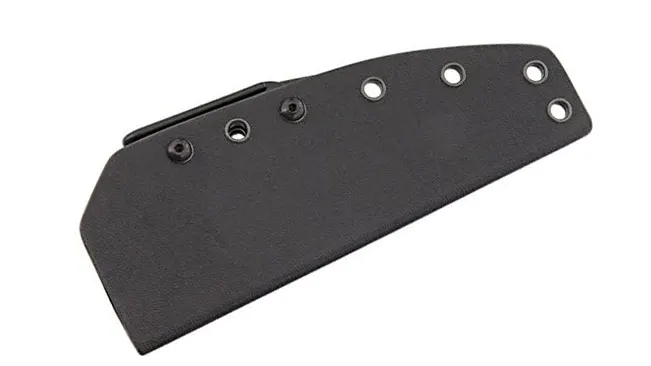
Kydex is one type of thermoplastic material that has become popular in the production of bespoke gear such as knife sheaths, holsters, and other protective gear. Sekisui SPI developed kydex which is known for its sturdiness as well as its versatility and moldability into specific shapes and forms. This summary will give you information about Kydex including what it’s made from, its properties, and uses when incorporated into home-based projects or industrial manufacturing.
Properties of Kydex
- Durability: Kydex is highly resistant to impact, abrasion, and chemicals, making it a preferred choice for applications that require tough, long-lasting materials.
- Customizability: It can be easily manipulated and formed when heated, allowing for the creation of custom-fit products with intricate detailing.
- Low Flammability: Kydex has a low flammability rating, making it suitable for applications where fire resistance is a consideration.
- Hygienic: The material is non-porous, making it easy to clean and resistant to mold, mildew, and bacteria.
Applications of Kydex
- Knife Sheaths: Kydex is widely used in the crafting of custom knife sheaths due to its ability to securely hold blades and withstand rugged outdoor conditions.
- Holsters: It is a popular material for firearm holsters, providing a secure and form-fitting solution for carrying firearms.
- Medical and Industrial Equipment: Kydex is utilized in the manufacturing of medical devices, equipment housings, and industrial components due to its durability and ease of maintenance.
Crafting with Kydex
Artisans, hobbyists, and professionals have all chosen Kydex as their preferred material when making custom products. This is because it can be shaped to fit any requirement once heated. Actually, it’s possible to come up with unique items that match a person’s taste or even needs. This could range from a knife sheath that is well thought out, personalized holders and even creative industrial components because Kydex is a versatile tool for both creative expression and practicality.
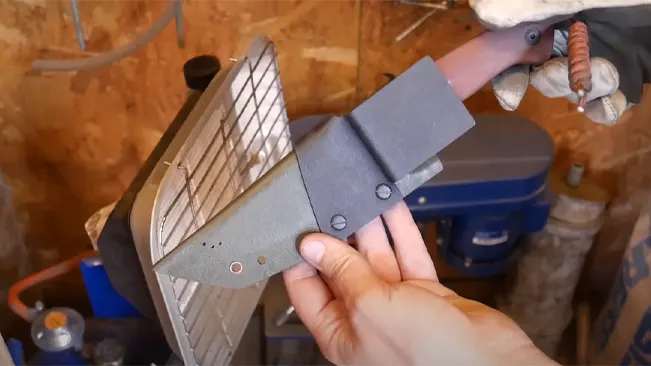
This overview serves as an introduction to Kydex; it encompasses the main features of the substance about crafting custom gear. Its great properties and different applications enable Kydex to remain a point of inspiration for creators and fans who are willing to stretch the conventional boundaries of working with thermoplastic materials.
Materials and Tools
Before starting your Kydex knife sheath project, gather the following materials and tools:
- Kydex sheet
- The knife you want to make the sheath for
- Eyelets and corresponding screws
- Rivets
- Belt clip or attachment
- Foam press
- Clamps
- Rivet setter
- Drill with bits
- Oven or heat gun
- Leather or rubber washers
- Eyelet setter
- Sharpie marker
- Sandpaper
- Pencil
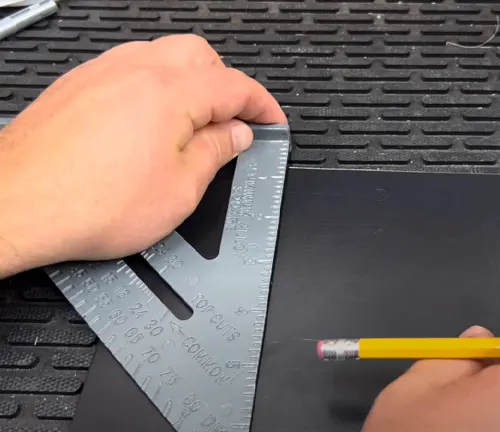
Step 1
Design the Sheath
- Trace the Knife: Place the knife on the Kydex sheet and trace its outline using a Sharpie marker. Ensure to leave ample space around the blade for the sheath to properly encase it.
- Add Flap and Rivet Holes: Extend the outline to create a flap for the sheath and mark where the rivet holes will go.
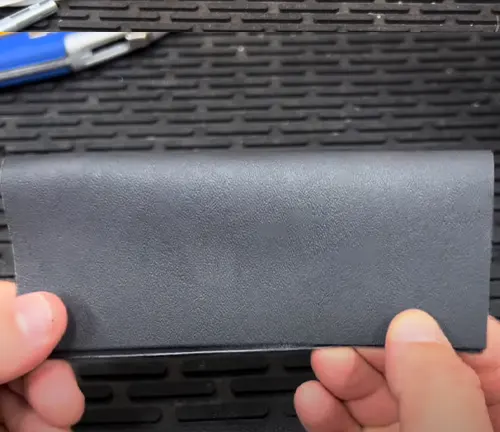
Step 2
Cut and Shape the Kydex
- Cut the Kydex: Using a saw or a utility knife carefully cut out the sheath outline from the Kydex sheet.
- Shape the Kydex: Heat the Kydex sheet in an oven or using a heat gun until it becomes pliable. Once heated, carefully mold it around the blade to form the shape of the sheath.

Step 3
Attach the Belt Clip or Attachment
- Drill Holes: Using a drill, create holes for the attachment of the belt clip or attachment.
- Attach the Clip: Secure the belt clip or attachment to the Kydex sheath using screws and washers.
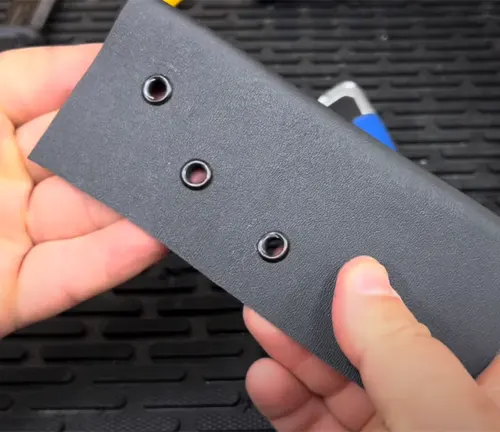
Step 4
Riveting
- Punch Holes for Rivets: Use a drill or hole punch to create holes for the rivets along the edges of the sheath.
- Set the Rivets: Place the rivets in the holes, and use a rivet setter to secure them in place.
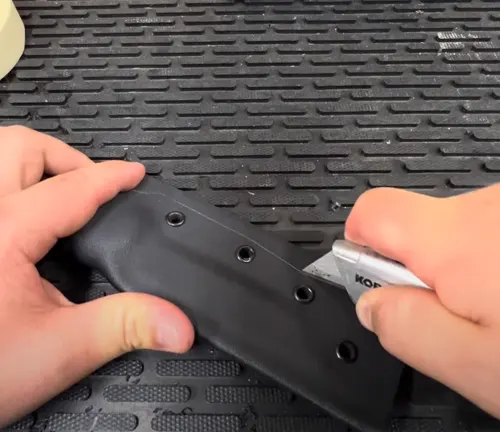
Step 5
Finishing Touches
- Trim Excess Kydex: Trim any excess material from the sheath using a saw or utility knife.
- Smooth Edges: Use sandpaper to smooth out any rough or sharp edges on the sheath.
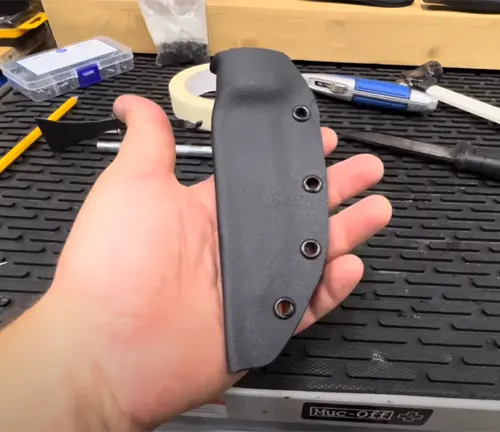
Step 6
Test and Adjust
- Fit the Knife: Test the fit of the knife in the sheath. Make any necessary adjustments to ensure a secure and comfortable fit.
- Finalize the Design: Once you are satisfied with the fit and function of the sheath, finalize any additional customization or detailing.
Benefits of Kydex Knife Sheaths
Kydex knife sheaths offer a myriad of advantages that make them a top choice for knife enthusiasts and professionals alike. Their exceptional durability and resistance to impact and the elements ensure that the enclosed knife is well-protected, making Kydex sheaths ideal for outdoor activities and rugged environments.
The ability to custom mold Kydex to fit specific knife shapes provides a secure and personalized fit, guaranteeing consistent retention over time. Moreover, Kydex’s non-porous nature makes it easy to clean and maintain, while also resisting mold and bacterial growth, promoting hygiene and extending the longevity of the sheath.
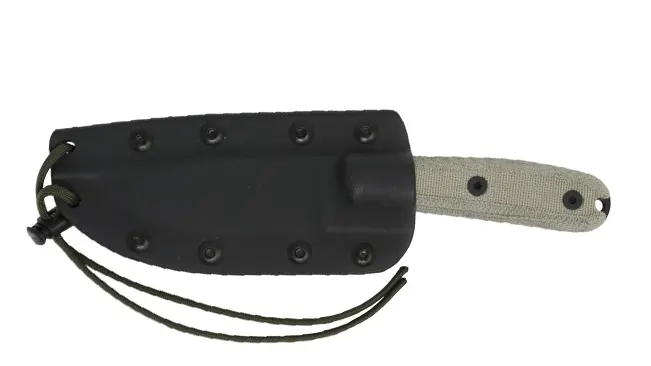
Furthermore, the versatility of Kydex extends to its aesthetic appeal and attachment options. With a wide range of colors and patterns available, individuals can personalize their sheaths to reflect their style and preferences. Additionally, Kydex can be easily configured to accommodate various attachment options, such as belt clips and mounting hardware, catering to different carrying needs.
These features, combined with its fire resistance and adaptability in various protective equipment, solidify Kydex as a material of choice for those seeking a reliable, customizable, and low-maintenance solution for their knife sheath needs.
Safety Considerations for Kydex Sheaths
When working with Kydex sheaths, it’s essential to prioritize safety to avoid accidents and ensure a smooth crafting process. Here are some key safety considerations to keep in mind:
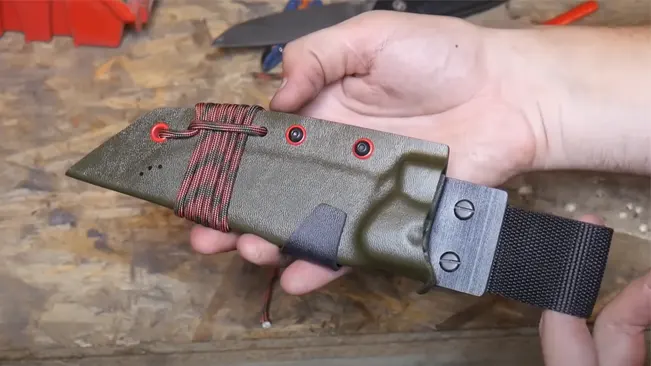
- Ventilation: Always work in a well-ventilated area when heating Kydex to prevent inhalation of fumes.
- Heat Protection: Use appropriate heat-resistant gloves and eye protection when handling heated Kydex to avoid burns or eye injuries.
- Tool Safety: Exercise caution when using sharp tools, such as utility knives and saws, to prevent accidental cuts or injuries.
- Fire Safety: Due to Kydex’s low flammability, take precautions to avoid exposure to open flames or heat sources that could cause the material to ignite.
Maintenance and Care for Kydex Sheaths
Proper maintenance is crucial for preserving the longevity and functionality of Kydex sheaths. Here are essential steps for maintaining and caring for your Kydex sheath:
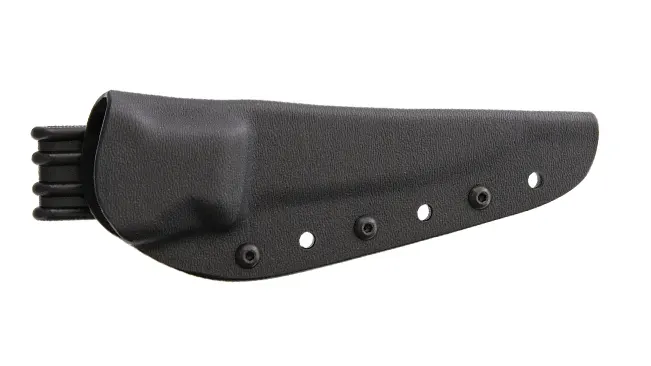
- Cleaning: Regularly clean the sheath by removing any visible debris or dirt using a soft-bristled brush or cloth, followed by a gentle scrub using a mild dish soap and warm water solution.
- Rinsing: Thoroughly rinse the sheath under warm running water to remove any soapy residue, ensuring all residue is eliminated to prevent attracting dirt and affecting functionality.
- Drying: Pat dry the sheath using a towel or cloth, and optionally use compressed air to remove trapped moisture from crevices and hard-to-reach areas.
- Reassembly and Storage: Once fully dry, reassemble any detached components and store the sheath in a clean, dry location away from extreme temperatures or humidity. Additionally, consider applying a light layer of lubricant on the knife blade to facilitate smooth insertion and removal from the sheath.
Conclusion
In conclusion, crafting a Kydex knife sheath offers a rewarding opportunity to create a custom, durable, and practical solution for safeguarding your blade. The step-by-step guide, coupled with the material’s properties and diverse applications, showcases the versatility and appeal of Kydex as a go-to choice for enthusiasts and professionals seeking a reliable and customizable sheath. With careful attention to safety considerations, maintenance, and care, individuals can ensure a safe crafting experience and prolong the life of their Kydex sheaths. Overall, embarking on a Kydex sheath-making journey presents an exciting blend of creativity, functionality, and craftsmanship, empowering individuals to tailor their gear to their unique preferences and needs.
FAQs
1. Can I use a heat gun instead of an oven to heat the Kydex sheet?
Yes, a heat gun can be used instead of an oven to heat the Kydex sheet. Ensure to evenly heat the material to the required pliability for molding.
2. What is the ideal thickness for a Kydex knife sheath?
Kydex sheets typically come in various thicknesses, but for a durable knife sheath, a thickness of around 0.080 inches to 0.093 inches is commonly recommended.
3. Do I need special equipment to set the eyelets and rivets?
You will need an eyelet setter and a rivet setter to properly secure the eyelets and rivets in place. These tools are readily available at hardware or craft stores.
4. Can I paint or dye a Kydex sheath to customize its appearance?
Yes, Kydex can be painted or dyed using suitable paints and dyes designed for plastics, allowing for customization of the sheath’s appearance.
5. How can I adjust the retention of the Kydex sheath?
Retention can be adjusted by heating specific areas of the Kydex sheath and gently molding or reshaping them to achieve the desired fit for the knife.
6. Is Kydex resistant to chemicals such as solvents and oils?
Yes, Kydex exhibits resistance to a wide range of chemicals, including solvents and oils, making it suitable for environments where exposure to such substances is a concern.
7. Can I use Kydex to make sheaths for folding knives?
Yes, Kydex can be molded to create sheaths for various types of knives, including folding knives, providing a secure and custom fit for each blade.
8. How can I prevent warping when heating and shaping the Kydex?
To prevent warping, ensure an even and controlled application of heat to the Kydex sheet, and use a flat, firm surface for shaping and molding the material.
9. Are there any specific considerations for storing Kydex sheaths?
It is advisable to store Kydex sheaths in a clean, dry location away from extreme temperatures or humidity to prevent warping or degradation of the material.
10. Can Kydex be recycled?
Kydex is a recyclable thermoplastic, and some manufacturers offer recycling programs for used Kydex materials, promoting sustainability and environmental responsibility.

Arthur Grant
With a profound expertise in all kinds of knives and a specialized focus on knife sharpening, I've established myself as a leading figure in the knife community. My journey began with a keen interest in the multifaceted world of knives, spanning from culinary masterpieces to tactical tools. This passion led me to explore and master the art and science of knife sharpening, blending age-old techniques with cutting-edge methods to ensure optimal performance of every blade. My commitment to sharing this wealth of knowledge led to the creation of a dedicated blog, where I engage with a community of knife enthusiasts. Through this platform, I offer a wealth of resources including detailed reviews, insightful tutorials, and the latest in knife trends and innovations. My aim is to educate and inspire, providing valuable information on the proper care, maintenance, and usage of knives, catering to both professionals and hobbyists alike.

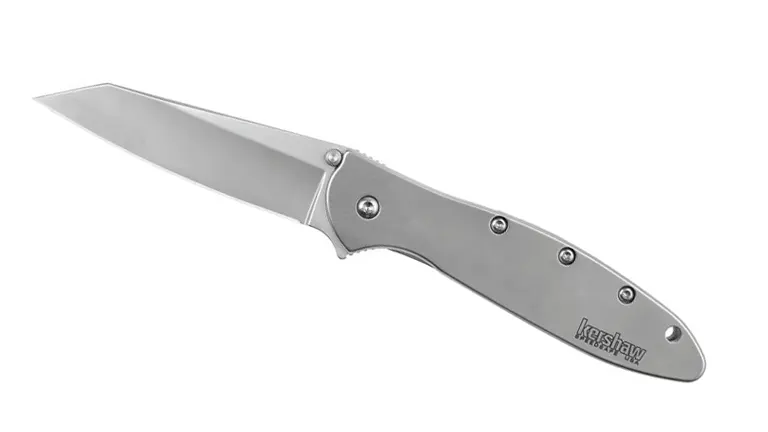
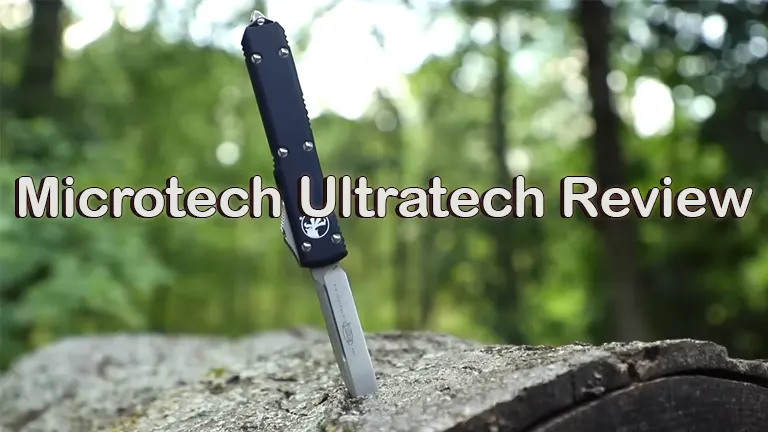
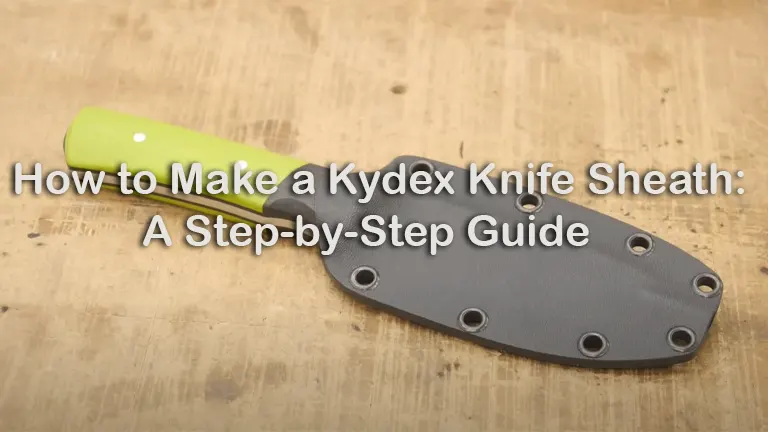
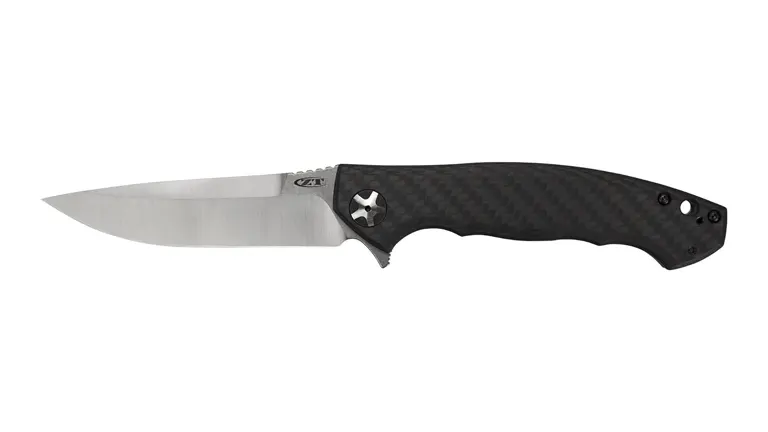



Leave your comment